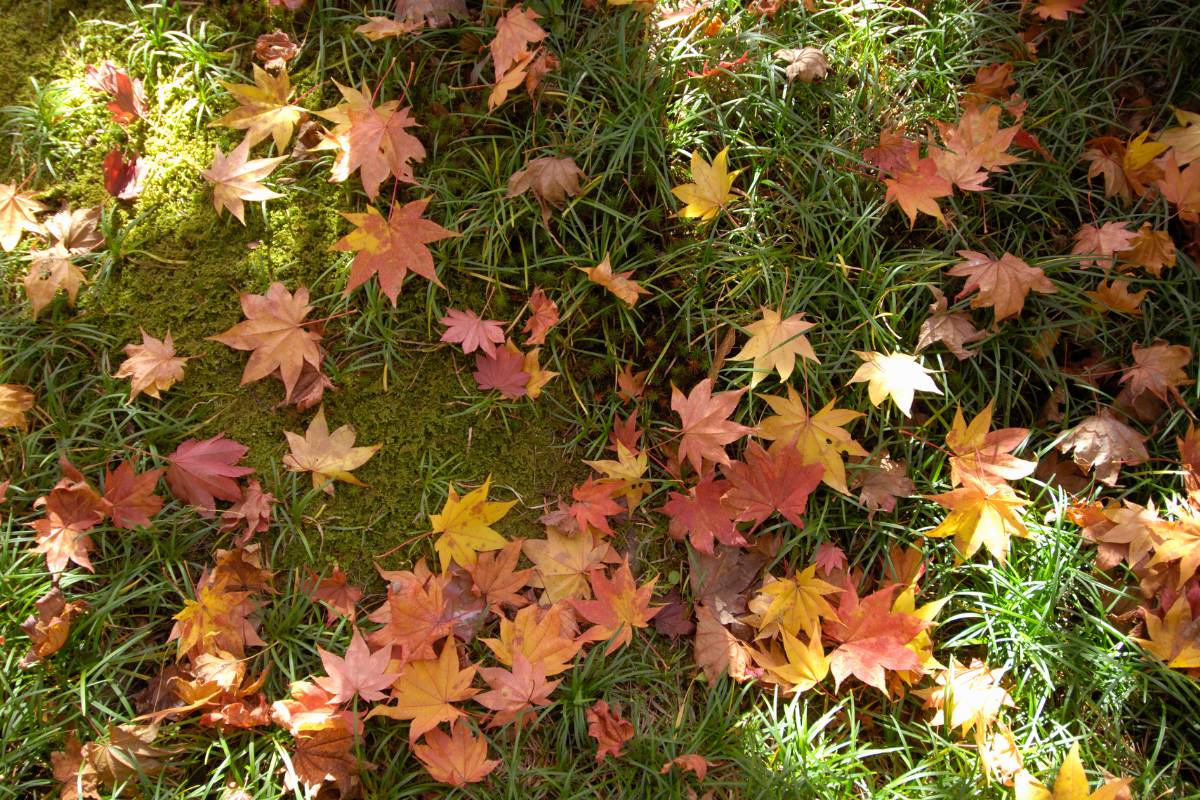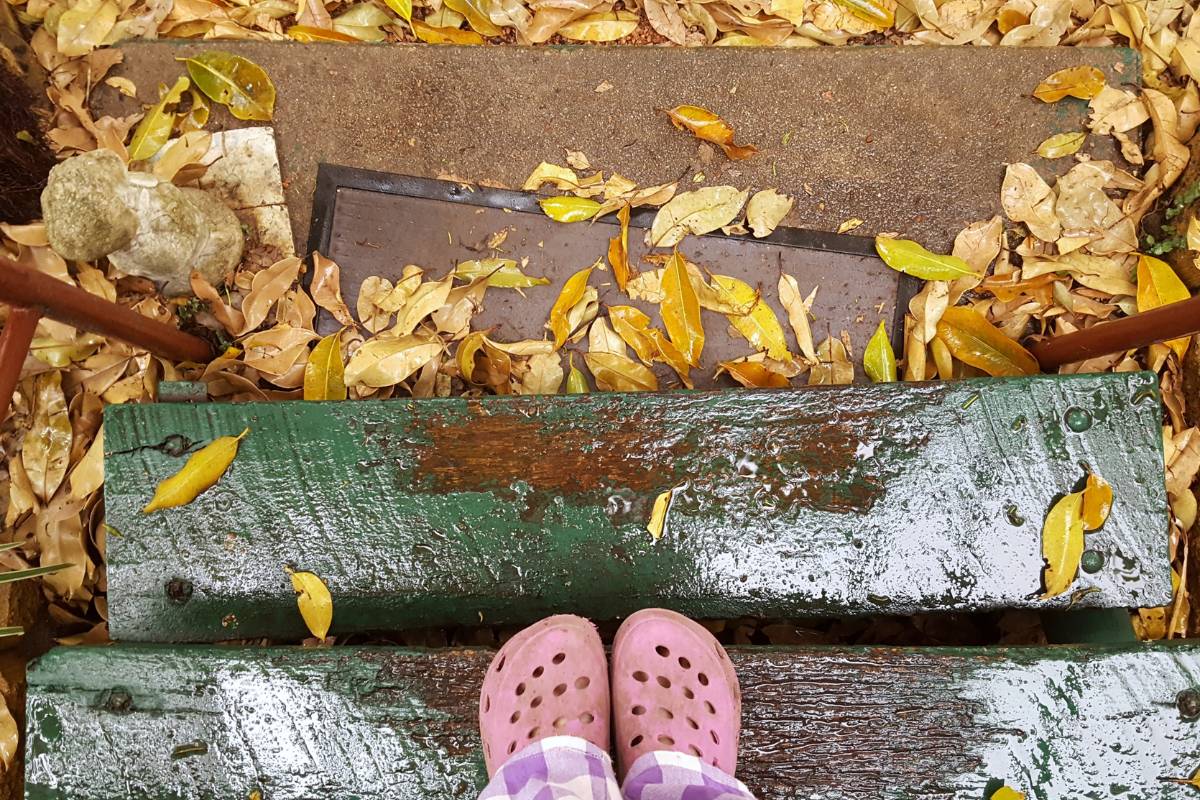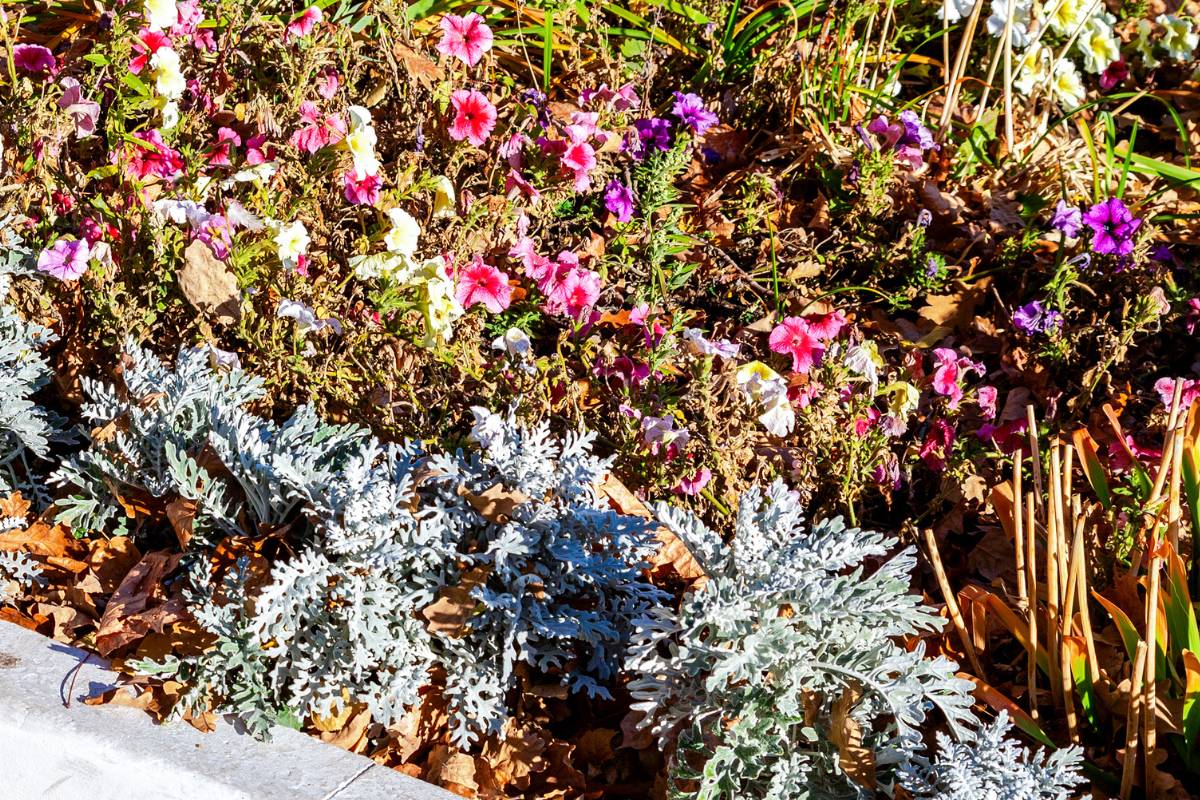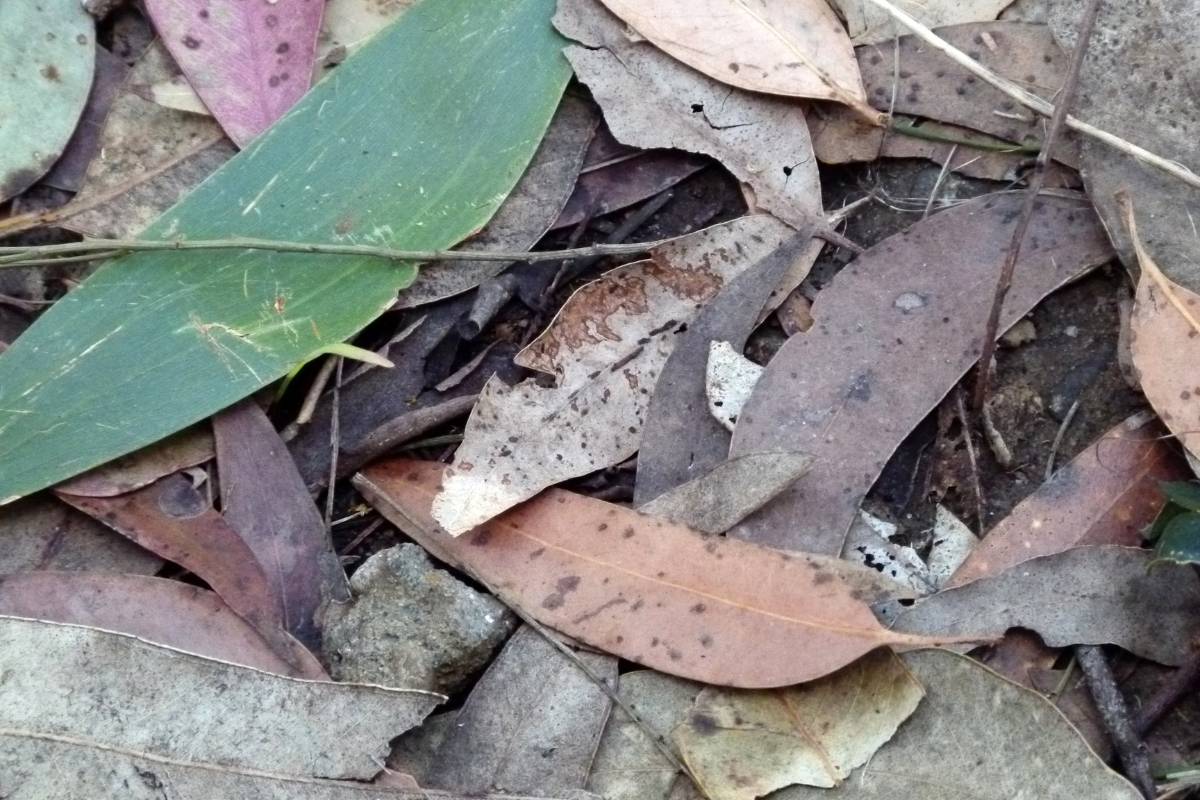In cool climates the amount of routine gardening work tends to slacken off as autumn approaches. Summer crops are reaching or passing maturity, harvests are finishing, growth is slowing down, and there’s less weeding to be done.
For gardeners with deciduous trees though, there's one late-season task that traditionally needs tackling: raking up fallen leaves to keep your garden neat and tidy. While the days of burning autumn leaves are long gone, most gardeners still rake up and remove leaves from their gardens, either adding them to the compost, leaving them to rot down into leaf mould or disposing of them in council green waste bins.
But is the traditional way of clearing up leaves such a good move for your garden, its soil, and the multitude of creatures who call it home? Leaving a garden covered in leaves can look less tidy, and might even be taken as a sign of laziness, but there's a growing movement that advocates doing exactly that. It’s called ‘leave the leaves’.
What Does ‘Leave the Leaves’ Mean?
The leave the leaves approach recognises that fallen leaves play an important part in a natural ecosystem, and letting leaves lie where they fall can provide many benefits for your garden's soil, invertebrates and the environment as a whole.
As leaves rot down, they gradually return nutrients to the soil for use by other plants. Rotting leaves also help with soil texture, eventually turning into a fine humus that aids water retention as well as improving drainage after heavy rain. Both of these benefits could be achieved by transferring the leaves to a compost heap and digging the results into the earth, but leaving the leaves in place offers two more valuable benefits.
First, a layer of leaves works as a protective mulch, helping to keep soil moist and warm and protect it from erosion. Perhaps even more importantly, the leaves and twigs lying on the ground provide an excellent habitat for many invertebrates including worms, beetles and other organisms that a healthy soil depends on.
If your area sees low winter temperatures, the leaf layer will provide a little protective warmth to help the invertebrates through until spring. But even in warm climates, the leaves provide cover that hides them from birds and other hungry predators. In both cases, leaving leaves alone in at least some parts of your garden will greatly help to protect its natural diversity.
Common Concerns
There are a few common worries gardeners have about leaving the leaves. A messy looking garden is perhaps the most common, as we’ve been brought up to believe that a well-cared for garden should look neat and tidy. If this is a concern to you, one option is to rake leaves from lawns and paths onto garden beds, which will benefit most from a cover of leaves, so there is a mix of leaf-free space and leaf cover. Another is to choose just a few small, not-so-noticeable patches at the back of beds or near fences where leaves can be left in situ.
Some gardeners worry that leaves will smother lawn or understory plants. Perhaps surprisingly, research has found that even where leaves cover lawns or shrubs, enough light and water will still penetrate to avoid serious damage. Still, if you have a very thick layer of leaves on lawns, they should be removed to a garden bed. Mowing them to make a finer mulch is also an option that will boost soil health though offer less protection to invertebrates.
More seriously for most gardeners, leaf cover does protect slugs and snails alongside beneficial invertebrates, so bear this in mind if you're already plagued by these pests.
Most serious of all, if you live in an area at risk of bushfire leaving the leaves may add to the potential fuel load around your property. In these areas, follow the advice of local authorities about clearing leaves and other debris from around your house.
Where Should You Leave the Leaves?
Not all areas of a garden are suitable for leaving fallen leaves in place. Leaf-covered paths can become dangerously slippery after rain, and the same goes for decks, patios, poolsides and any other hard-surfaced area.
However, leaves are perfect for leaving in unused or fully established beds and borders, and they can even work as a natural mulch on containers to improve warmth and moisture retention.
What About Eucalyptus Leaves?
The leaves of evergreen plants are generally thicker and break down more slowly than those of deciduous trees, and they tend to fall throughout the year. These leaves can still be left to provide a natural mulch and habitat, accepting that they will be around longer than deciduous leaves and monitoring understory plants for general health.
Eucalyptus leaves are a special case. There's evidence that gum leaves contain allelopathic compounds, meaning they discourage the growth of non-eucalypts. In bush gardens this shouldn’t be too much of an issue - it’s what happens in nature after all - but it's probably best to remove eucalyptus leaves from areas with mixed planting. Leaves can be mown to speed up decomposition and folded into a compost heap with plenty of other materials. Though research into this area is lacking, it’s thought that the allelopathic effect of eucalyptus leaves lasts around four months, so it should be well and truly neutralised by the time your compost is ready.
There's no need to make leaf raking an annual chore to be done at all costs. So long as you know the pros and cons of the practice, leaving the leaves in situ can greatly improve the health of your garden while also saving you a little work into the bargain.









